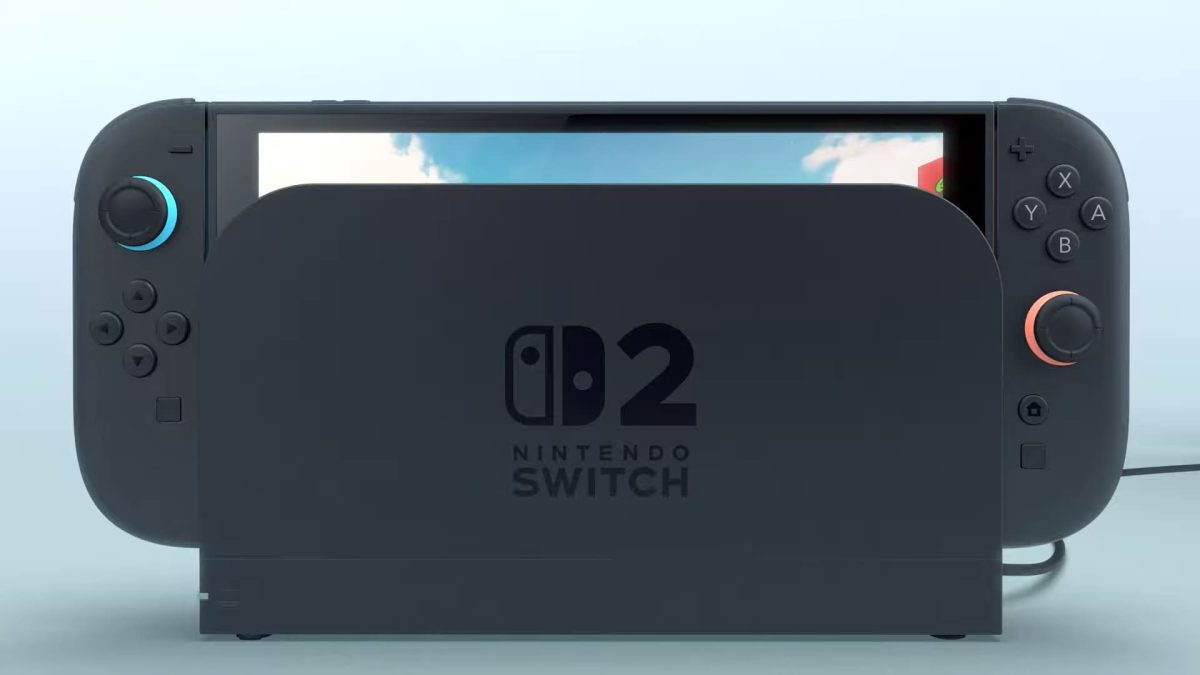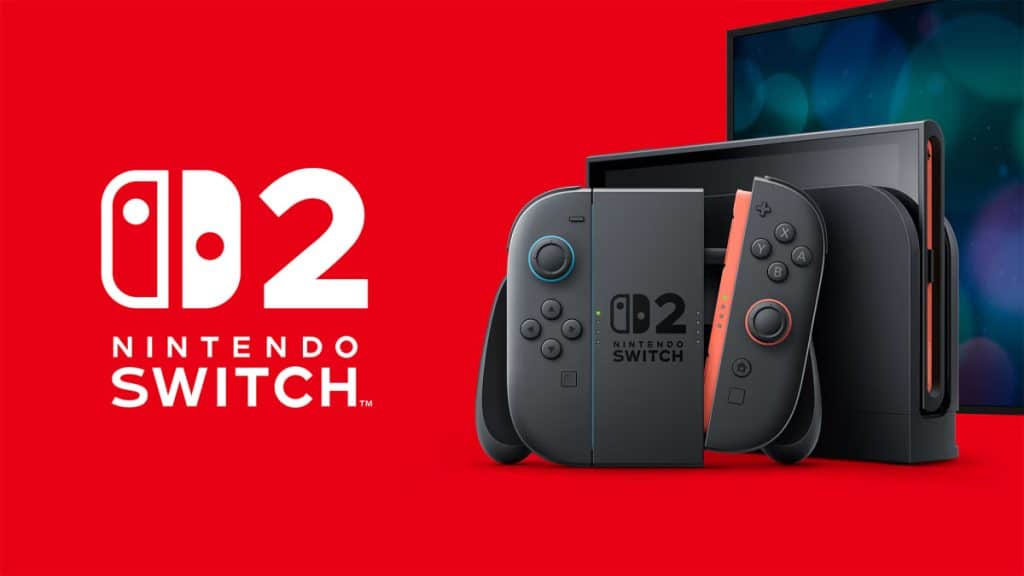Now, if you sat at home and watched the Nintendo Switch 2’s direct like I did, then that price is probably catching you off guard too, right?
The anticipation surrounding the Nintendo Switch 2 has been exciting for the most part, with fans eager to experience the next evolution in Nintendo’s console lineup. However, as more details emerge, a significant concern has come to the forefront: the steep pricing of both the console and its accompanying games. This financial barrier could transform what should be an exciting advancement into a potential disappointment for many in the gaming community.
Nintendo Switch 2: Elevated Console Cost Raises Eyebrows

Nintendo has officially announced that the Switch 2 will retail at $449.99 in the United States. This price point s notably higher than its predecessor, the original Switch, which launched at $299.99. The increase is substantial and has sparked discussions about the factors contributing to this decision.
One significant element influencing the elevated cost is the current geopolitical climate, particularly the tariffs imposed under President Trump‘s administration. These tariffs have affected supply chains, prompting companies like Nintendo to adjust their pricing strategies to mitigate potential financial impacts. Serkan Toto, a Japan-based games expert and founder of Kantan Games, noted that the pricing “suggested Nintendo was building a buffer in case tariffs hit supply chains harder than expected.
While understanding the economic rationale, consumers may still find the higher price challenging, especially when compared to other consoles in the market. This pricing strategy could potentially alienate a segment of Nintendo’s traditional audience, which has often appreciated the company’s commitment to affordability and accessibility.
Game Prices Break Traditional Barriers
Beyond the console itself, the pricing of games for the Switch 2 has also seen a notable increase, further intensifying concerns within the gaming community. Flagship titles like Mario Kart World are set to debut at $79.99, a significant jump from the $59.99 standard that gamers have been accustomed to. This trend isn’t isolated, as other titles such as Donkey Kong Bananza are also priced higher than previous norms.
This escalation in game prices may be attributed to rising development costs and the enhanced capabilities of the new hardware. However, it raises questions about the overall value proposition for consumers. The combination of a higher priced console and more expensive games could make the Switch 2 a less attractive option, particularly for budget-conscious gamers or families looking to invest in a new gaming system.
The backlash from the community has been evident, with many expressing their dissatisfaction on social media platforms and gaming forums. The sentiment revolves around the concern that these price hikes may set a precedent for future game pricing, potentially making gaming a more expensive hobby than it has traditionally been.
Nintendo Switch 2: Potential Implications for Market Performance
The financial demands posed by the Switch 2’s pricing strategy could have broader implications for its market performance. Historically, Nintendo has carved out a niche by offering innovative gaming experiences at relatively accessible price points. This approach has allowed it to compete effectively against industry giants like Sony and Microsoft. However, with the Switch 2’s higher cost, Nintendo risks alienating a portion of its user base. Consumers may opt for alternative gaming platforms that offer comparable experiences at a lower entry cost. Additionally, the rise of mobile gaming and other handheld devices presents further competition, especially when these alternatives are often more affordable.
Analysts have expressed concerns about the timing and pricing of the Switch 2’s release. Nathan Naidu, a technology analyst at Bloomberg Intelligence, warned that the console’s later release date and higher price might impact its initial sales performance, potentially failing to match the 15 million units the original Switch achieved in its first full year.
While the Nintendo Switch 2 introduces several exciting features and advancements, its pricing strategy presents a significant hurdle. The elevated costs of both the console and its games could deter potential buyers, turning what should be a landmark release into a potential letdown. As the gaming industry continues to evolve, it remains to be seen how this pricing approach will impact Nintendo’s position in the market and its relationship with its dedicated fan base.


